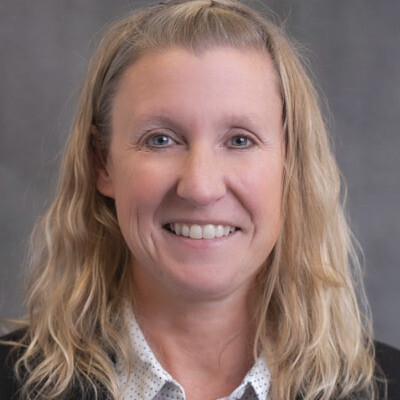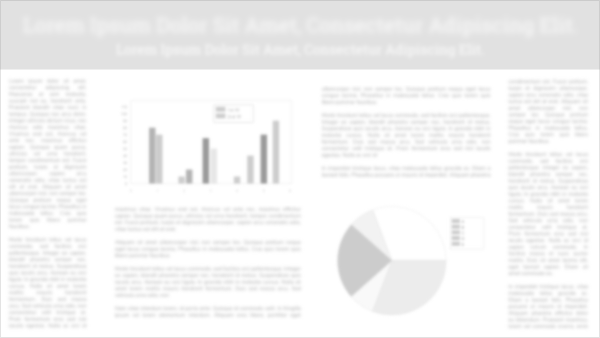Enhancing Pre-hospital Emergency Care Teamwork Through Interprofessional Simulation
The University of Montana faculty from the Family Medicine Residency, Paramedicine, and Athletic Training programs hosted two large interprofessional medical simulations for their students focused on managing a variety of emergent injuries and illnesses. The first event exposed students to emergency scenarios that may occur during a collegiate football game. The second event focused on emergency scenarios that may occur working with wildland firefighters out on the fire line. Coordinating pre-hospital patient care in emergent, high-stress rural environments demands a high level of team performance to ensure the best patient outcomes, and in some instances, may be the difference between life and death for a patient. Medical simulation events can be effective ways to introduce students to other medical disciplines and allow for the practice of essential emergency skills needed to provide care in challenging environments. The primary focus of each simulation was to 1) facilitate a deeper understanding of professional roles and responsibilities, 2) practice communication skills working in interdisciplinary teams, and 3) work together to manage critical medical conditions. Two 4-hour themed simulations were held one year apart (Spring 2024 and Spring 2025), consisting of interprofessional teams working through 4 stations at each event. The scenarios for the collegiate game day simulation included heat-related illness, cardiac arrest, spinal cord injury, and respiratory arrest. The wildland firefighting simulation included a mass casualty scenario (arterial bleed, fractures, abdominal evisceration), burn injuries, mild traumatic brain injury, and cardiac arrest. Three simulation trucks with high-fidelity mannequins were used for each event for the respiratory and cardiac arrest scenarios. Standardized patients were implemented across multiple scenarios to enhance the authenticity of the simulation events. One hundred and four learners completed the simulation events (41 athletic training students, 32 family medical residents, and 31 paramedicine students). A post-event survey was administered to assess the effectiveness of each medical simulation, consisting of 15 questions with Likert-scale responses. All participants (100%) stated that after the simulation events, they had a better understanding of professional roles and responsibilities, communication strategies, IPE leadership skills, and the importance of asking for help when working in teams. Overwhelmingly, participants 71/74 (96%) found the simulation events a valuable IPE experience and understood that working in interprofessional teams ultimately benefits the patient. Based on feedback from faculty, learners, and standardized patients, both simulation events were highly effective learning experiences, underscoring the importance of interprofessional collaboration and practice in achieving better patient outcomes.




